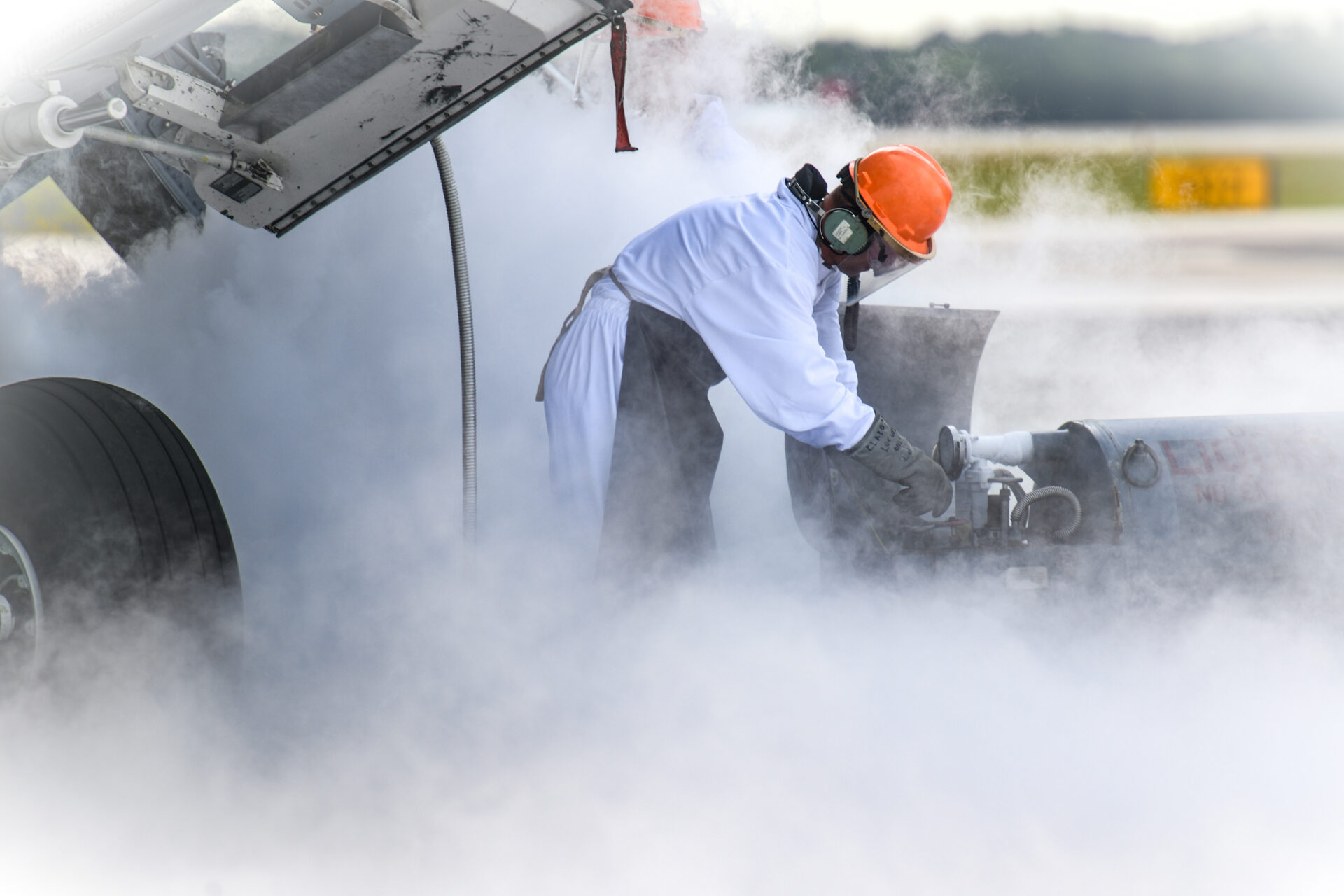Calling things what they aren’t by using bureaucratic language is an art form in Washington, and the Pentagon (once known more accurately as the War Department) is the worst offender. A case in point is using the word “modernization” when referring to the Pentagon’s hugely expensive effort to build a new generation of nuclear weapons. “Modernization” sounds like a good thing, like putting a new roof on your house. Buying new weapons to boost the Pentagon’s ability to destroy the world is decidedly not a good thing.
Such an alluring term is inappropriate for the business of creating instruments of mass destruction. Yet even arms control advocates regularly use the word. In doing so they hurt their cause and obfuscate the reality of a massive expansion of nuclear weapons capacity.
The Pentagon is committed to spending an estimated $1.7 trillion dollars of taxpayer funds over a thirty-year period to completely rebuild the US nuclear weapons complex. There are plans for land-based missiles, ballistic missile-firing submarines and missiles, new aircraft and air-launched cruise missiles, and enormous new facilities to produce plutonium components for additional nuclear warheads. The nuclear upgrade is not merely a refurbishing of aging weapons as the modernization narrative implies. It is a vast program for the reconstruction and enhancement of the entire nuclear arsenal and it is an unnecessary and wasteful diversion of federal funds to pursue an arms race with Russia and China that increases the risk of nuclear war.
A Brief History of “Modernization”
The term nuclear modernization entered the lexicon in the 1980s at the height of the US-Soviet arms race when each side deployed tens of thousands of warheads and developed new weapons technologies. The term disappeared with the ending of the Cold War as arms reduction agreements slashed nuclear arsenals by more than 80%. It reappeared decades later, amidst rising tensions with Russia and China, as weapons makers and Pentagon officials lobbied for expanding and strengthening US nuclear capabilities. In 2010 the Obama administration negotiated the New START treaty, which restricts the US and Russia to 1550 strategic warheads each, but to win Republican support the White House agreed to spend hundreds of billions on new and upgraded weapons systems. The Trump administration reneged on previous arms limitation agreements, including the Intermediate Nuclear Forces (INF) treaty and continued the arms buildup, as an array of new and upgraded weapons programs poured forth under the rubric of modernization.
Experts disagree whether the programs now under development are “new.” So far the United States has stayed within the warhead limits of the New START treaty. Many of the major programs, such as new Trident submarines and the Sentinel land-based missile program, are meant to be replacements for earlier systems, although both have significant new technical capabilities.
Some of the programs under construction have greater destructive capacity and will increase the overall number of deployed weapons. The new B-21 strategic bomber is a penetrating stealth bomber capable of striking a large number of targets with both conventional and nuclear munitions. The Air Force is planning to purchase at least 100 of the bombers and perhaps as many as 200. The cost per plane is estimated at $700 million and is sure to rise.
The new plane is described as a replacement system, but the Air Force is simultaneously launching a costly upgrade of the B-2 strategic bomber, which is capable of delivering both conventional and nuclear weapons. Members of Congress, anticipating the collapse of the New Start Treaty, have voted for the “restoration of nuclear capability” for dozens of deployed B-52 strategic bombers.
All of this locks in place an excessive and redundant structure of land, sea and air weapons—the triad system that developed decades ago not because it was deemed necessary for deterrence but because each of the armed services insisted on having its own nuclear weapons.
A Renewed Arms Race
The US and NATO have also announced the planned deployment of several new intermediate range missile systems in Europe, including a hypersonic weapon capable of striking Moscow. The missiles will be conventionally armed but will be capable of carrying nuclear warheads. Russian defenders will have no way of verifying which it is.
Deploying new missiles and doubling down on nuclear weapons capacity will fuel the arms race and increase international tensions. These actions will generate an action-reaction cycle, giving impetus to further weapons building in Russia and China. When the new intermediate range nuclear missile deployments were announced, Russian President Vladimir Putin vowed to enact “mirror measures” and said Russia was no longer bound by its previous pledge to refrain from such deployments.
The new boost in arms building is a bonanza for military contractors. They are reaping record profits as enormous amounts of taxpayer funds are channeled into unaccountable Pentagon programs.
None of this is likely to change with the new Trump administration, at least not without greater public pressure to reduce excessive Pentagon spending. Advocates for arms reduction face difficult challenges in the current political climate, but efforts to halt and reverse the arms race are necessary, now more than ever. The advocates of change will be more effective when they eschew euphemisms and say it like it is.




















